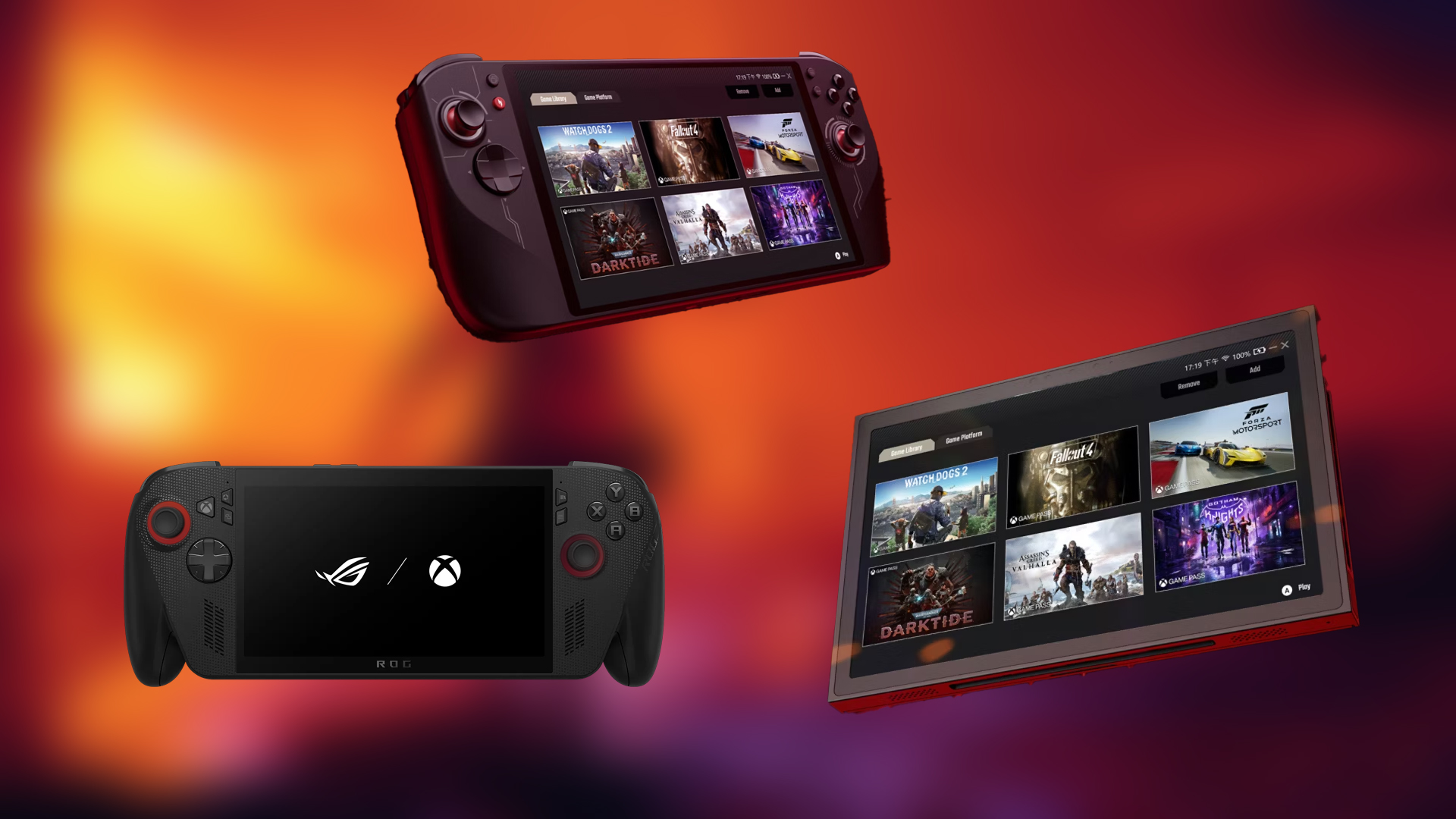Here are the 5 best motherboards for your Intel Core Ultra 9 285K, featuring proper 200S boost implementation to maximize performance.
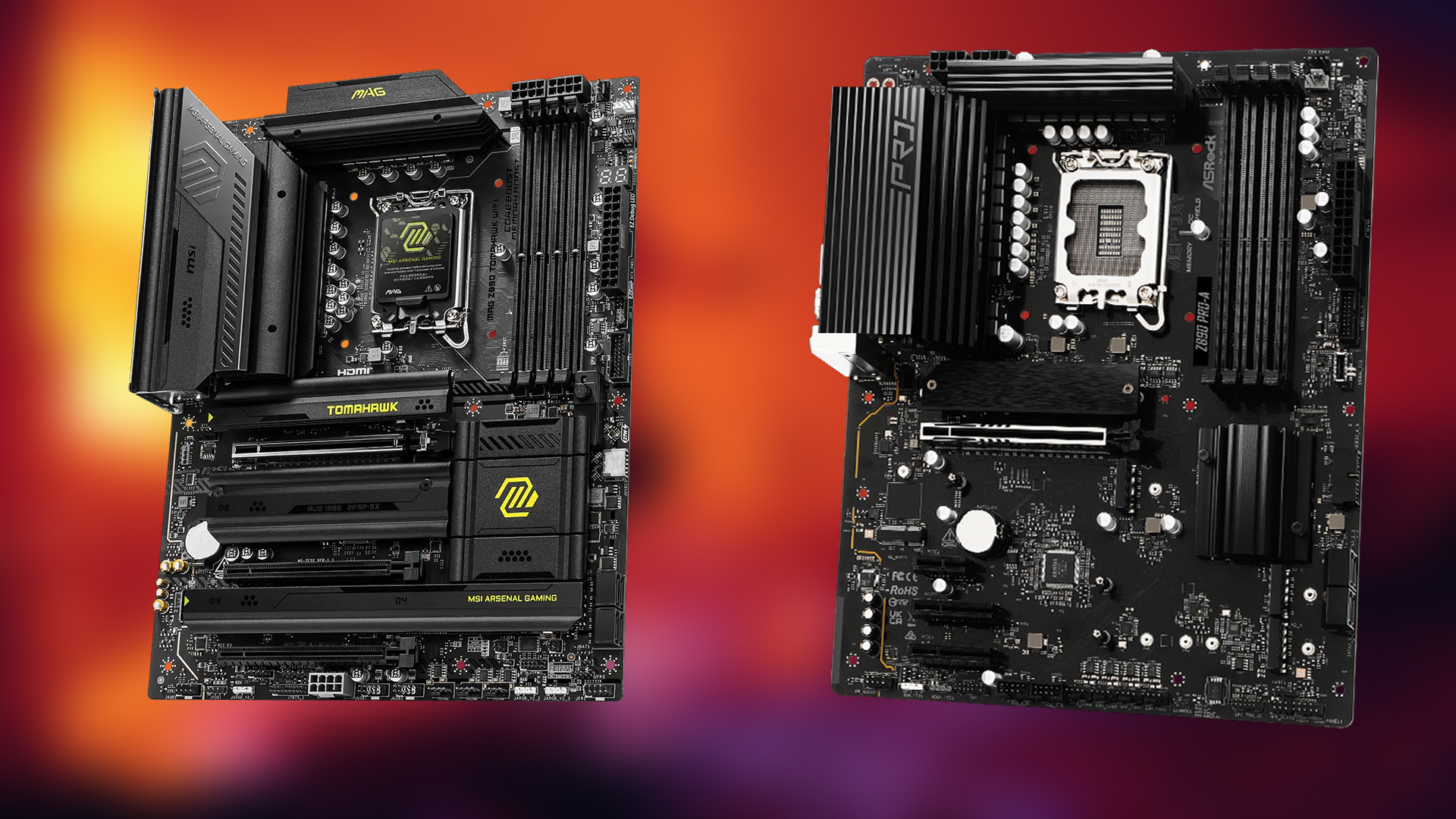
The Ultra 9 285K is Intel’s fastest CPU with the new Arrow Lake microarchitecture. It now incorporates a tile-based design, much like AMD’s chiplets, in making up a complete processor. At launch, the platform faced heavy criticism from media outlets due to the 14900K outperforming it in most benchmarks. However, following numerous updates, particularly the 200S boost, the situation is now looking very positive. The only catch is that not all motherboards perform the 200S boost protocol optimally, which is why the selection below shortens your work.
Note: The Core Ultra 9 285K, paired with any motherboard, won’t allow you to change any PL or PL2 values after enabling the 200S boost. If you have specific experience in tuning Intel CPUs, this platform can be enriching if you manage to get everything done correctly manually. That said, all of the Z890 motherboards mentioned here support clocked-unbuffered DDR5 CU-DIMM.
Also Read: This Corsair Vengeance 32 GB Desktop RAM Costs $29 Less On Best Buy
1. MSI MEG Z890 ACE Gaming
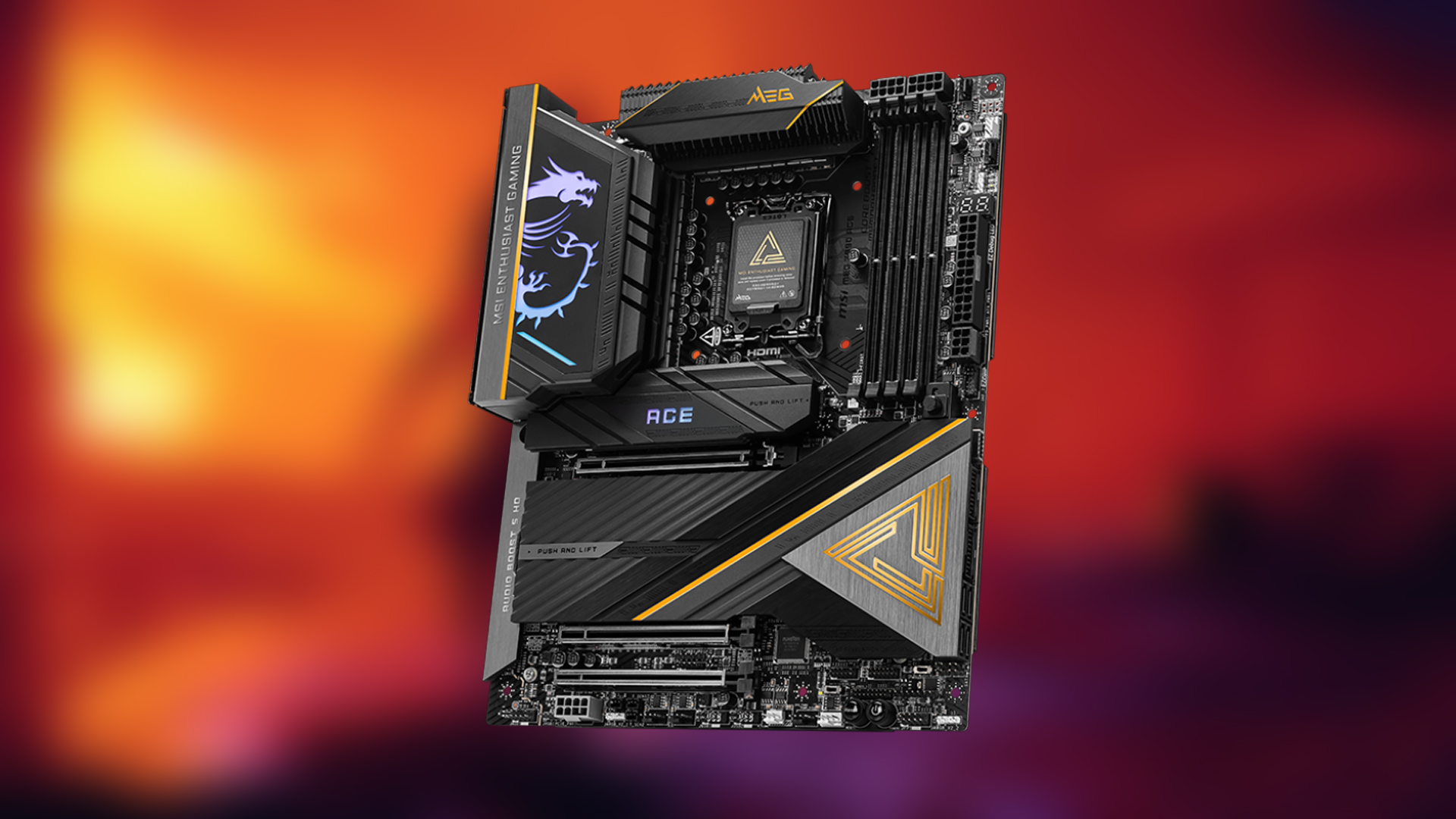
The Z890 Ace gaming is designed for enthusiast gamers, system tuners, and system integrators seeking a sleek, black-themed PC. The VRM infrastructure consists of 24+1+2+1 phases, each with 110A capacitors, ensuring a proper 200S boost execution. A rock-solid VRM such as the one found here is highly reliable, as the voltage/power requirement will be easily taken care of without much strain. For manual tuners, there are plenty of overclocking options present to tinker with.
| Specifications | Details |
|---|---|
| VRM | 24+1+2+1 phases with 110A Renesas Smart Power Stages |
| Chipset | Z890 |
| Socket type | LGA 1851 |
| Memory | 4 x DDR5 DIMM slots, supports up to 256GB, DDR5 up to 9200+ MT/s (OC) |
| NVMe Storage | 5 x M.2 slots (2 x PCIe 5.0 x4 up to 22110, 3 x PCIe 4.0 x4 up to 2280) |
| GPU support | 2 x PCIe 5.0 x16 slots (x16 or x8/x8 modes), 1 x PCIe 4.0 x16 slot (x4 mode); |
2. ASRock Z890 Nova WiFi 7
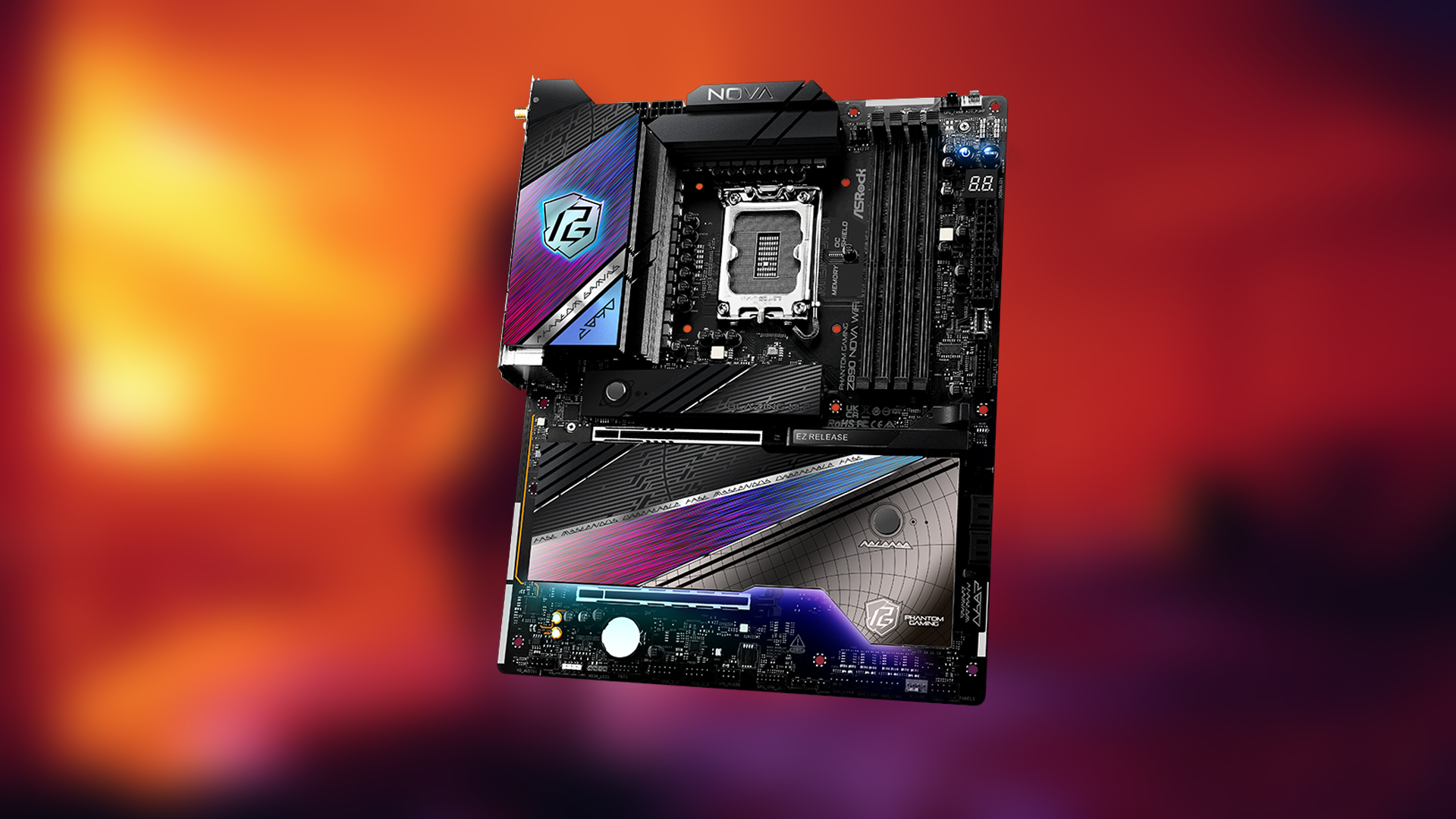
The Nova is designed for enthusiast gamers seeking a no-compromise VRM solution that is just enough to power the 285K. Looking closer at the VRM, it is evident that a solid 20+1+2+1+1-phase VRM with 110A capacitors powers the board’s foundation. All of which is more than enough for an ideal 200S boost application.
| Specifications | Details |
|---|---|
| VRM | 20+1+2+1+1 phases with 110A SPS |
| Chipset | Z890 |
| Socket type | LGA 1851 |
| Memory | 4 x DDR5 DIMM slots, supports up to 256GB, DDR5 up to 9600+ MT/s (OC) with CUDIMM and XMP3. |
| NVMe Storage | 6 x M.2 slots |
| GPU support | 1 x PCIe 5.0 x16 slot (x16 mode), 1 x PCIe 4.0 x16 slot (x4 mode) |
3. MSI MPG Z890 Edge Ti WiFi
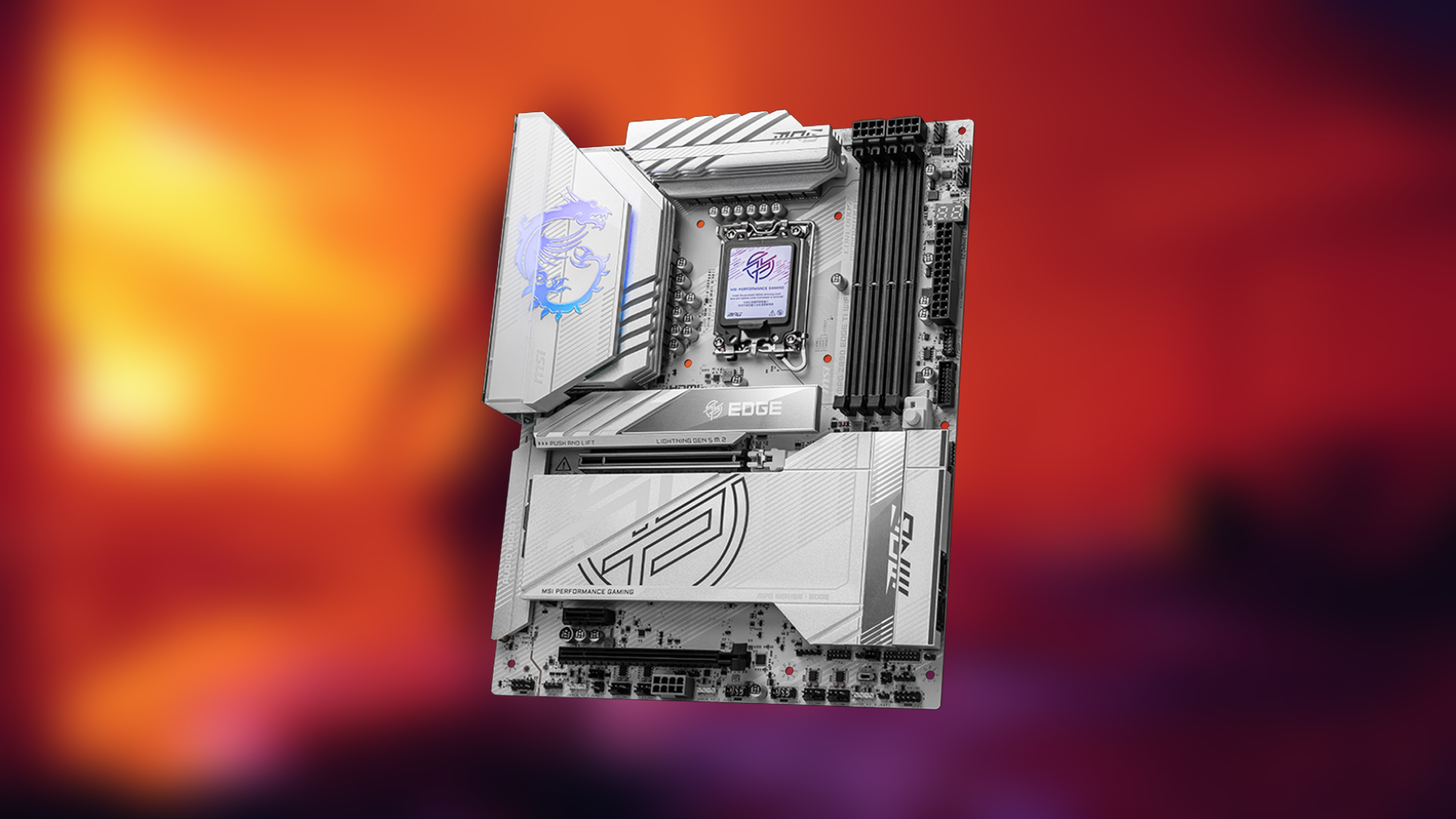
The MPG Edge is for hardcore gamers who want a plug-and-play type of motherboard. It’s bare minimalistic in terms of design but has a robust VRM solution on offer. On a closer look, there are 16+1+1+1 phases with 90A smart capacitors powering the core foundation. As for storage options, there’s plenty of room to spare. 5x M.2 slots, 1 Gen 5, and the remaining Gen 4.
| Specifications | Details |
|---|---|
| VRM | 16+1+1+1 phases with 90A Smart Power Stages |
| Chipset | Z890 |
| Socket type | LGA 1851 |
| Memory | 4 x DDR5 DIMM slots, supports up to 192GB, DDR5 up to 7800+ MT/s (OC) |
| NVMe Storage | 7 x M.2 slots |
| GPU support | 2 x PCIe 5.0 x16 slots (supports x16 or x8/x8 modes),1 x PCIe 4.0 x16 slot (supports x4 mode) |
4. MSI MAG Z890 Tomahawk WiFi
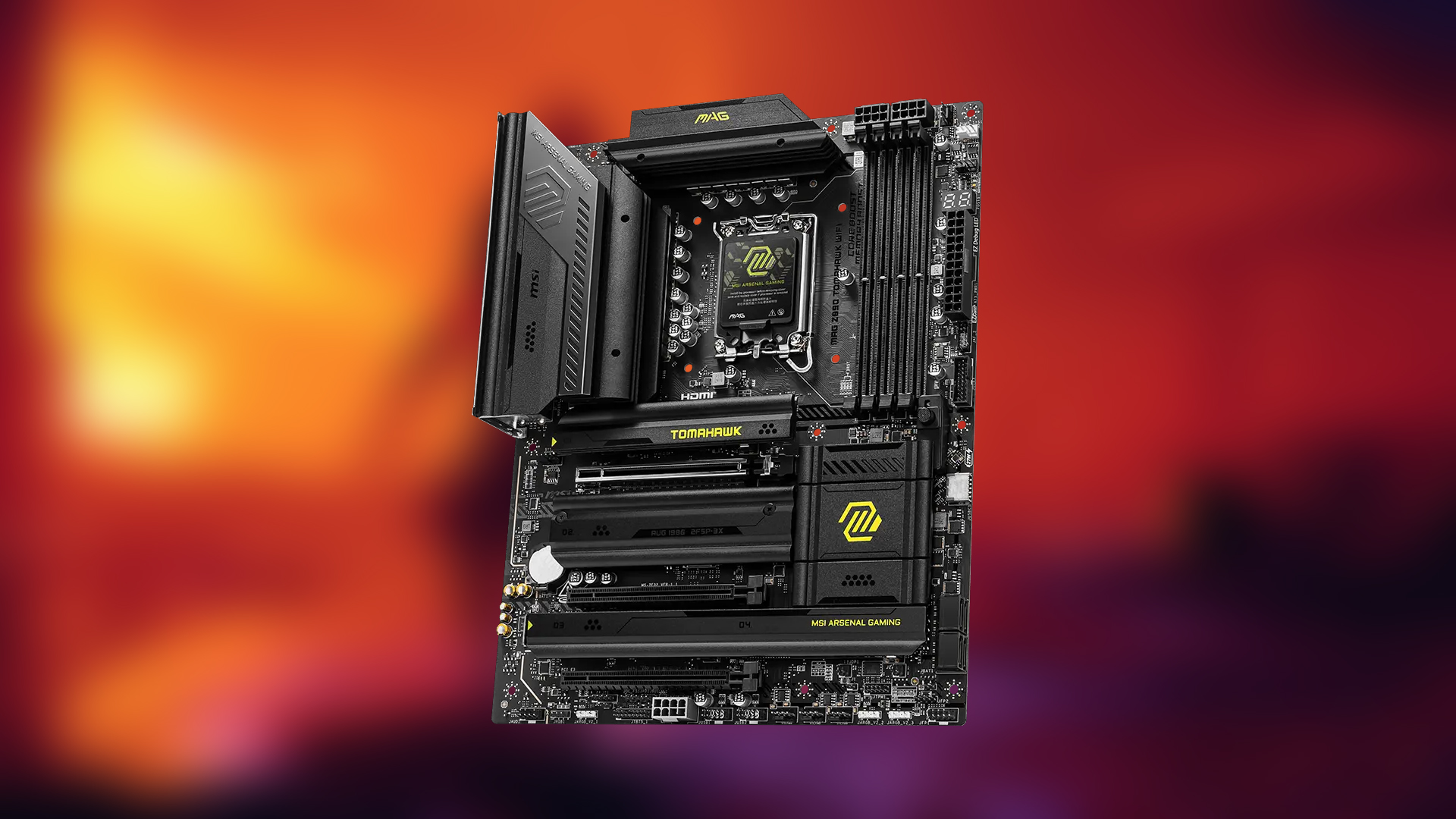
The Tomahawk series was always a powerhouse in terms of how much value it offered. The trend carries forward with the Z890s iteration. Budget buyers who lack sufficient funds for a high-end motherboard with a powerful VRM configuration often opt for these. As evidence, the VRM design consists of 16+1+1+1 phases with 90A capacitors, enough for an ideal 200S boost application. As for memory compatibility, up to 256GB of DDR5 memory can be installed.
| Specifications | Details |
|---|---|
| VRM | 16+1+1+1 phases with 90A |
| Chipset | Intel Z890 |
| Socket type | LGA 1851 |
| Memory | 4 x DDR5 DIMM slots, supports up to 256GB, DDR5 up to 9200+ MT/s (OC) with Dual Channel and XMP 3.0 |
| NVMe Storage | 4 x M.2 slots (1 x PCIe 5.0 x4 up to 22110, 3 x PCIe 4.0 x4 up to 2280) |
| GPU support | 1x PCIe 5.0 x16 slot (x16 mode), 2 x PCIe 4.0 x16 slots (x4 mode) |
5. ASRock Z890 Pro-A WiFi
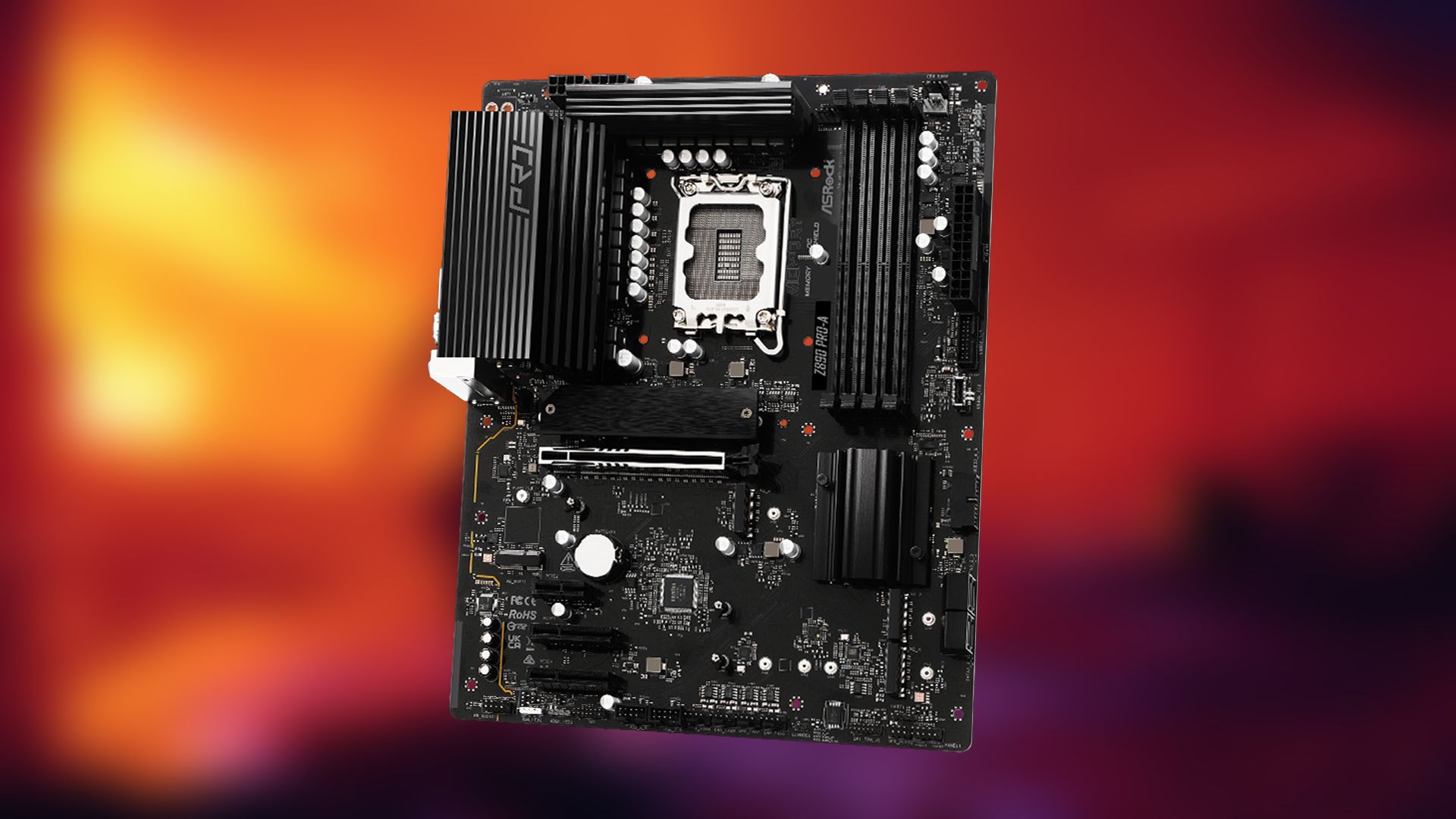
The Z890 Pro-A WiFi from ASRock offers the budget buyer the bare minimum to run the 285K. Including the 200S boost properly applied. The VRM count may appear higher than the Tomahawk above, but in contrast, it’s much inferior. I/O and storage options include 3 M.2 slots: 1 Gen 5, 1 Gen 4, and 1 Gen 3 slots, respectively. As per the standard, PCIe Gen 5.0 x16 powers the GPU.
| Specifications | Details |
|---|---|
| VRM | 16+1+1+1+1 Power Stages |
| Chipset | Intel Z890 |
| Socket type | LGA 1851 |
| Memory | 4 x DDR5 DIMM slots, supports up to 256GB, DDR5 up to 8000+ MT/s (OC) |
| NVMe Storage | 3 x M.2 slots |
| GPU support | 1 x PCIe 5.0 x16 slot (x16 mode), 1 x PCIe 4.0 x16 slot (x4 mode), 1 x PCIe 3.0 x1 slot; multi-GPU compatible |
Verdict
All of the boards mentioned here qualify as ideal 200S boost applications, seemingly unlocking the latent potential of Intel’s Arrow Lake CPUs. If you are aiming for a 200S boost only, pick the board that fits your budget. But if you are into manual tuning, the MEG Z890 ACE Gaming is the one to consider.
Also Read: Get The XFX Speedster RX 7900XTX GPU For $150 Less
We provide the latest news and “How To’s” for Tech content. Meanwhile, you can check out the following articles related to PC GPUs, CPU and GPU comparisons, mobile phones, and more:
- 5 Best Air Coolers for CPUs in 2025
- ASUS TUF Gaming F16 Release Date, Specifications, Price, and More
- iPhone 16e vs iPhone SE (3rd Gen): Which One To Buy in 2025?
- Powerbeats Pro 2 vs AirPods Pro 2: Which One To Get in 2025
- RTX 5070 Ti vs. RTX 4070 Super: Specs, Price and More Compared
- Windows 11: How To Disable Lock Screen Widgets
 Reddit
Reddit
 Email
Email
